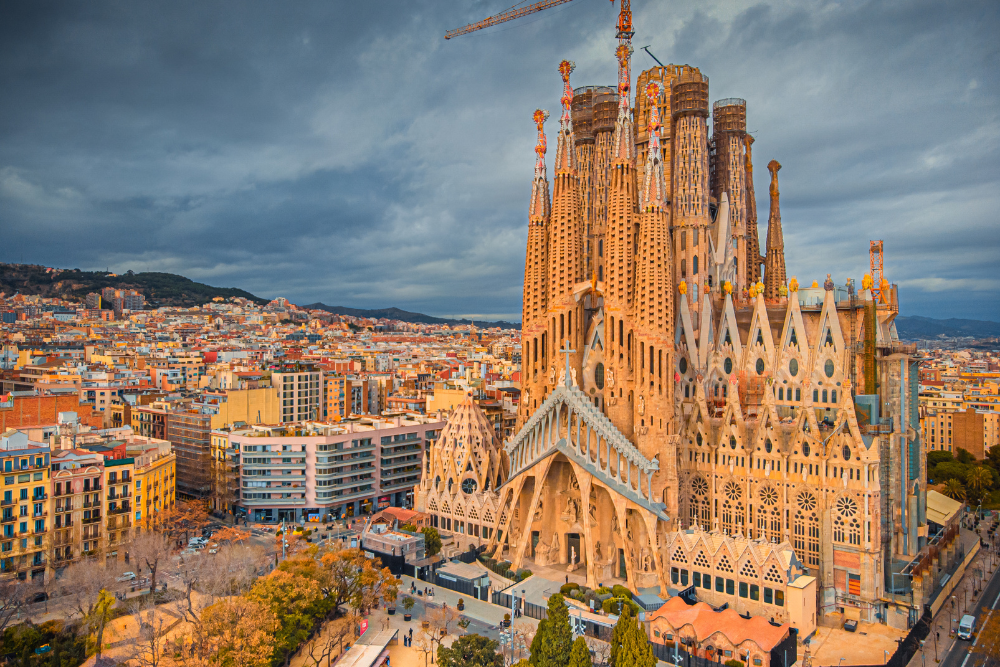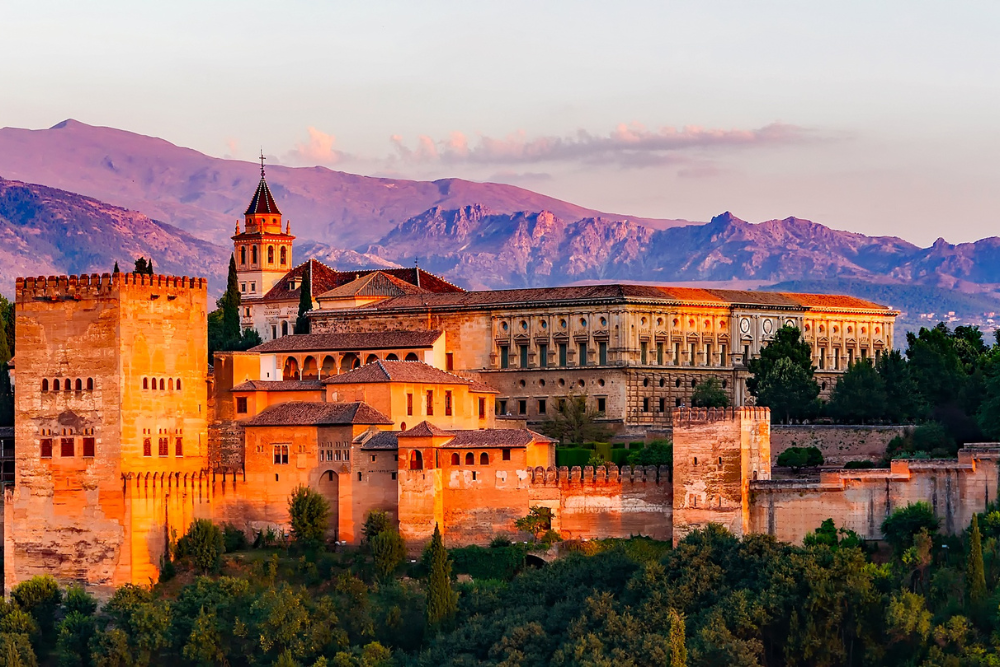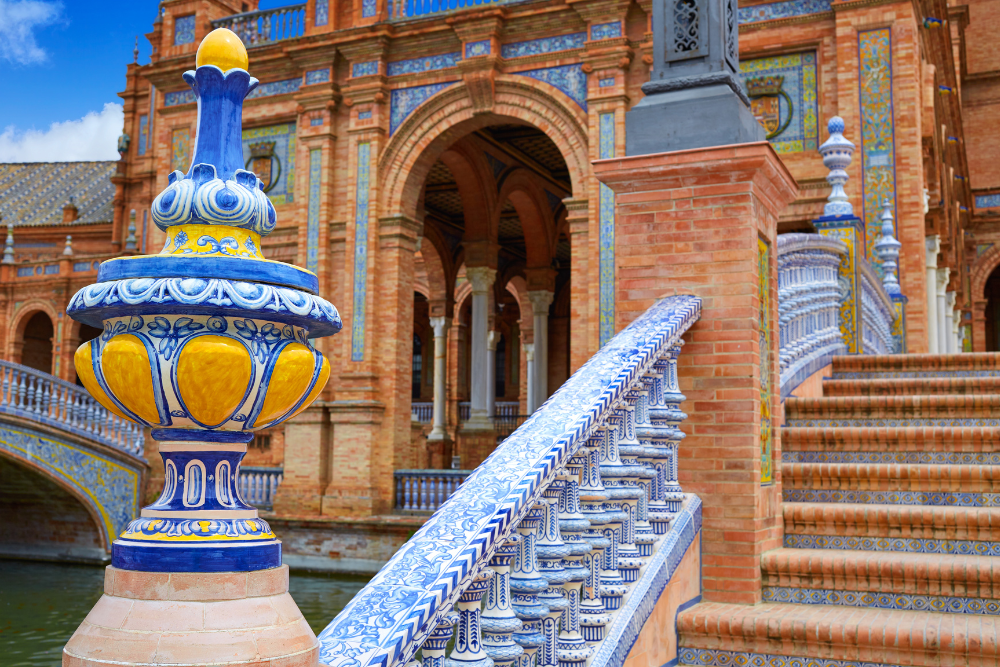Spain’s paradores offer an unforgettable way to experience the country’s rich history and stunning architecture. These luxury hotels, located in some of Spain’s most beautiful and historic buildings, allow visitors to stay in castles, monasteries, palaces, and fortresses, all while enjoying modern comforts and exceptional service. With their unique blend of history, culture, and luxury, Spain’s paradores offer a travel experience like no other. Here’s a guide to exploring Spain’s paradores and the incredible stories behind these extraordinary places.
1. The Origins of Spain’s Paradores

The concept of the parador dates back to the early 20th century, when King Alfonso XIII of Spain established the Parador de Turismo network in the 1920s. The goal was to promote tourism, especially in more remote regions of Spain, by transforming historical buildings into luxury accommodations. The project aimed to preserve Spain’s architectural heritage while offering travelers an opportunity to stay in places of historical significance.
Today, Spain’s paradores are a national treasure, with over 90 properties across the country, each one reflecting the history and culture of its region. Staying in a parador is like stepping back in time, where the charm of centuries-old buildings meets the comforts of contemporary hospitality.
2. Castles and Fortresses: Living Like Royalty

Spain is home to several paradores located in majestic castles and fortresses, offering visitors the chance to live like royalty, if only for a night. These properties provide stunning views, atmospheric rooms, and the opportunity to immerse yourself in centuries of history.
One of the most iconic paradores is the Parador de Alcañiz, housed in a 12th-century castle overlooking the town of Alcañiz in Aragón. The fortress offers panoramic views of the surrounding countryside and features a blend of medieval and modern architecture. Guests can explore the castle’s towers, enjoy the peaceful gardens, and imagine the battles that once took place on its grounds.
Another remarkable example is the Parador de Oropesa in Castilla-La Mancha. Set in a historic castle, this parador boasts beautiful views of the surrounding valley and is an ideal base for exploring the region’s cultural heritage. With its grand rooms and centuries-old stone walls, it’s easy to feel like a noble visiting a royal estate.
3. Monasteries and Convents: A Spiritual Retreat

Spain’s monasteries and convents offer a peaceful, spiritual atmosphere that makes for an unforgettable stay. The architecture of these properties is often stunning, with intricate cloisters, serene courtyards, and lush gardens that provide a perfect setting for relaxation and reflection.
The Parador de Santiago de Compostela, located in the heart of the city, is one of the oldest and most famous paradores. It occupies the Hostal dos Reis Católicos, a former royal hospital that dates back to the 15th century. The building’s grand façade and ornate interiors evoke the opulence of the past, while its location near the Cathedral of Santiago de Compostela makes it a prime choice for pilgrims finishing the Camino de Santiago.
Another remarkable monastery parador is the Parador de Sigüenza, housed in a 12th-century castle and former monastery in the medieval town of Sigüenza. The property has a rich history, and its rooms, including a beautiful chapel, reflect its religious heritage. The peaceful atmosphere, coupled with its proximity to historical sites, makes it a serene escape.
4. Palaces and Villas: A Taste of Aristocratic Living

For those who want to experience Spain’s aristocratic heritage, several paradores are located in grand palaces and villas once owned by Spanish nobility. These stately homes offer a glimpse into the opulent lives of Spain’s aristocracy, with lavish interiors and stunning gardens.
The Parador de Cardona, located in a medieval castle-palace in Catalonia, is a prime example. The property boasts elegant rooms with views over the surrounding countryside and a spectacular medieval tower that has been carefully restored. Guests can stroll through the gardens and experience the grandeur of the past while enjoying modern amenities.
In the heart of Andalusia, the Parador de Ronda is set in a former town hall and offers dramatic views of the El Tajo gorge. The property has been transformed into a luxurious hotel with spacious rooms, a beautiful terrace, and an outdoor pool, making it a perfect blend of historic charm and contemporary comfort.
5. Rural Retreats and Villages: Experiencing Spain’s Heartland

Not all paradores are located in grand castles or palaces. Some are tucked away in Spain’s beautiful countryside, offering a peaceful escape into nature while still providing an unforgettable stay. These rural paradores allow visitors to experience the authentic charm of Spain’s villages, with picturesque landscapes, charming architecture, and local traditions.
The Parador de la Granja, located in the foothills of the Sierra de Guadarrama near Segovia, is housed in a former royal hunting lodge. The property is surrounded by lush forests, providing a perfect base for hiking, nature walks, and exploring the nearby Royal Palace of La Granja de San Ildefonso. The serene environment and tranquil gardens make it a perfect place for relaxation.
Conclusion: A Stay Steeped in History
Spain’s paradores are much more than just places to sleep—they are windows into the country’s history and culture. Whether you’re staying in a medieval castle, a serene monastery, or a stately palace, these historic buildings offer a unique opportunity to immerse yourself in Spain’s rich heritage. With luxurious amenities, breathtaking views, and a deep connection to Spain’s past, a stay at one of Spain’s paradores is a travel experience like no other.












